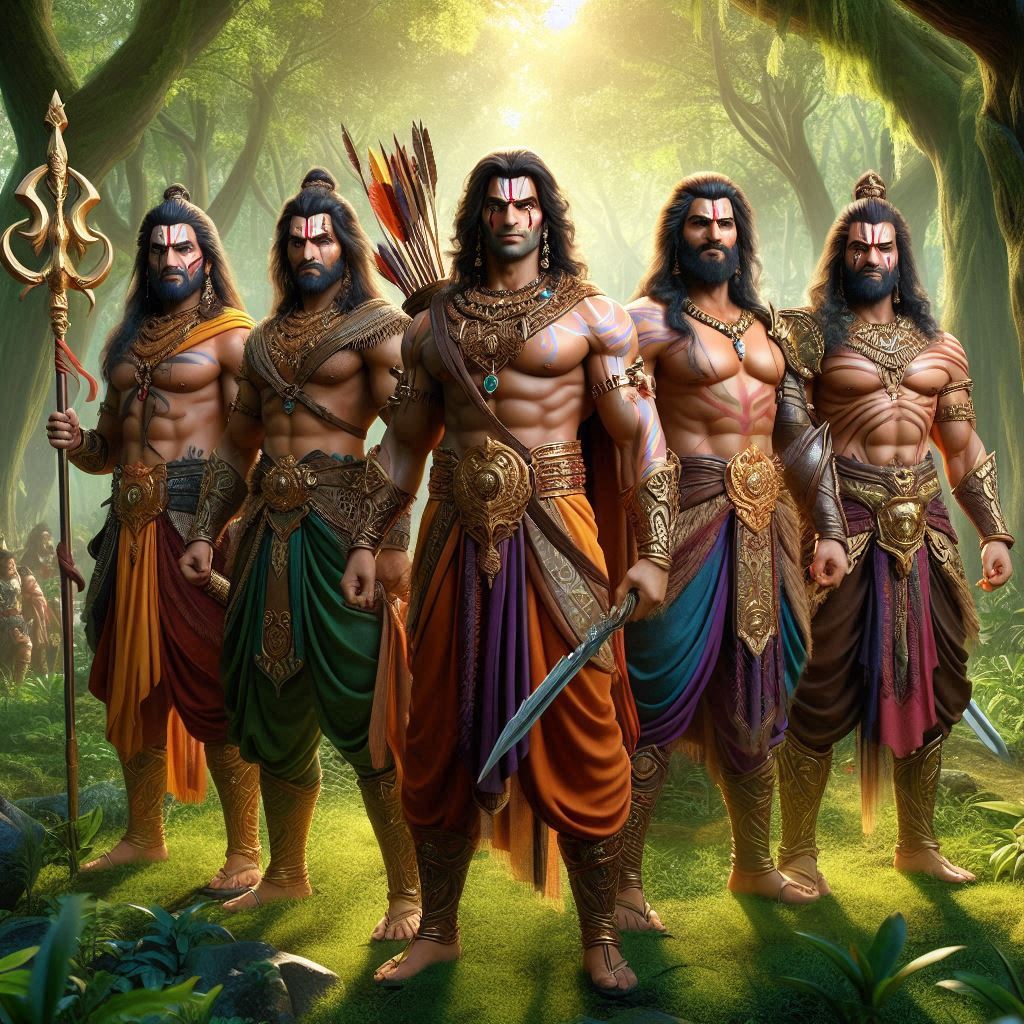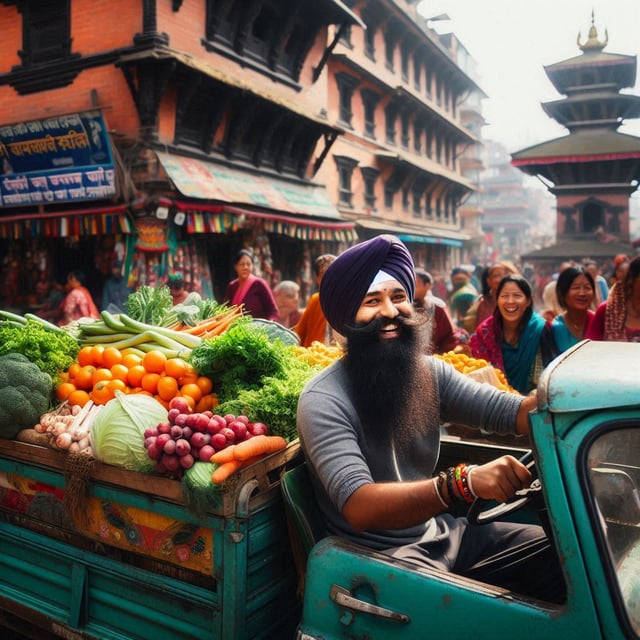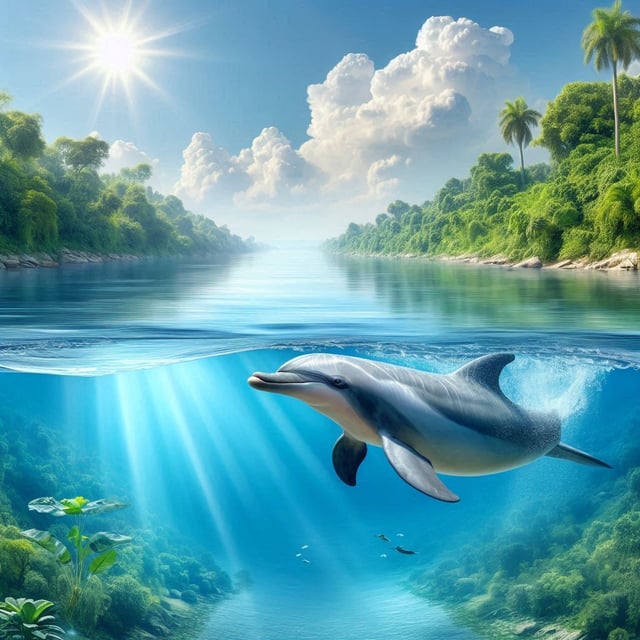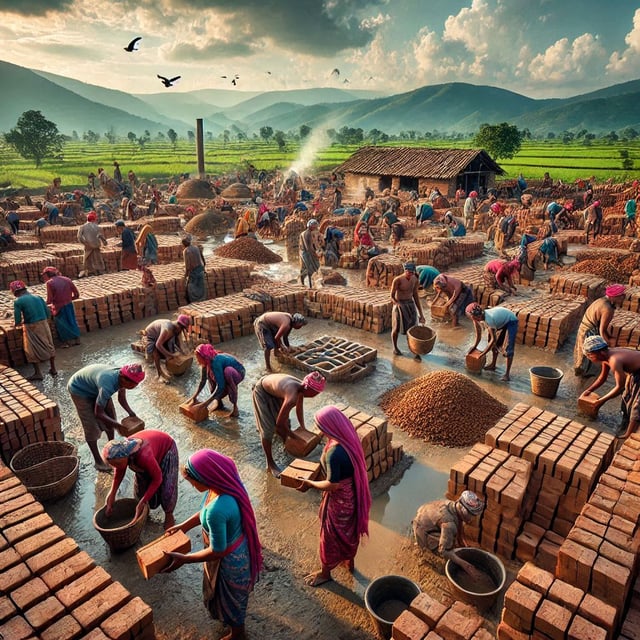Part I: The Sweating Bhimsen

Dolakha is well known for the Dolakha Bhimsen idol which has been known for perspiring. But before delving into the story of perspiring, the tradition of Bhimsen and the stories surrounding it, have to be understood.
Bhimsen, the strongest brother amongst the five Pandavas (the hero of Mahabharat) connects with Dolakha and major locations within the Bagmati Province of Nepal.
The folklore suggests the Pandavas were passing through a jungle while in exile.
Then, they decided to develop a secret language to avoid being traced, this language developed into Dolkhali.
Dolkali is a dialect of Newari, as per the legend, Dolkhali isolation kept its language intact while the others migrated to the capital of Nepal- Kathmandu.
However, linguistic professionals claim that the Newari language spoken in Dolakha is strongly influenced by the Thami and Tamang languages.
It should be remembered that Newari like Thami, Tamang, and Kirati are Sino-Tibetan languages while the language Pandavas spoke would have been Indo-European, therefore an Indo-European speaker developing a Sino-Tibetan language is nothing more than fantasy.
There are also additional claims that Bhindyo (an abbreviation of Bhimsen) is not Bhimsen of Pandava, but a local hero of Nepal. However, such claims may have emerged out of nationalist sentiment and do not have any foundation.
One of the reasons why Bhimsen is valued in Nepal may be linked to the story of Bhimsen and his demonic wife Hidimba.
It is believed the story between Bhimsen and Hidimba is linked to the provincial capital of Bagmati Province of Nepal- Hetauda. The term Hetauda is claimed to have its origin from Hidimba and the temple Bhutandevi of Hetauda is said to be temple of Hidimba.
Krishna an ally of Bhimsen, drained the lake that was created after Narkasur a rival, blocked it, that valley is now known as Kathmandu Valley. The daughter of Narkasur, Ahilawati later married Ghototkch and they would give birth to Barbarika. Barbarika is considered the first Kirati ruler of Nepal- Yalamber.
Literature also suggests that Narkasur is from Assam and is not linked to Nepal. Therefore, these stories are extremely ambiguous as the communities try to connect themselves with mythical stories.
The Kirati community still inhabits the eastern side of Nepal, while in the Bagmati Province, the Kirati rulers were conquered by Indo-Aryans, and the amalgamation of these two cultures built the Newar identity.
It is believed that Yalamber is worshipped as Akash Bhairab by Newars and is claimed to be the grandson of Pandav prince Bhimsen making Kirati rulers as the descendants of the Bharat dynasty.
This connection justifies why Newars worship Bhimsen but Indians do not hold such tradition.
Newar (the indigenous community of Kathmandu) has a strong history of worshipping Bhimsen, the patron god of trade and commerce. Bhimsen shrines are very popular in Newar tradition and various festivals are organized to honor the god.
However, the most famous shrine of Bhimsen remains in Dolakha as it is famous for perspiring.
Some of the internationally significant incidents when Dolakha Bhimsen perspired were before the royal massacre on June 1, 2001, and then the idol was said to have perspired four times before the 2015 Nepal earthquake.
When did it start perspiring? Is it a bad omen or a mere coincidence- these will be discussed in Part II: The Sweating Bhimsen
Author
Kripendra Amatya, Researcher, Nepa~laya Productions
Editor
Dana Moyal Kolevzon, Director of International Relations, Nepa~laya Productions
Published Date
January 1, 1970



